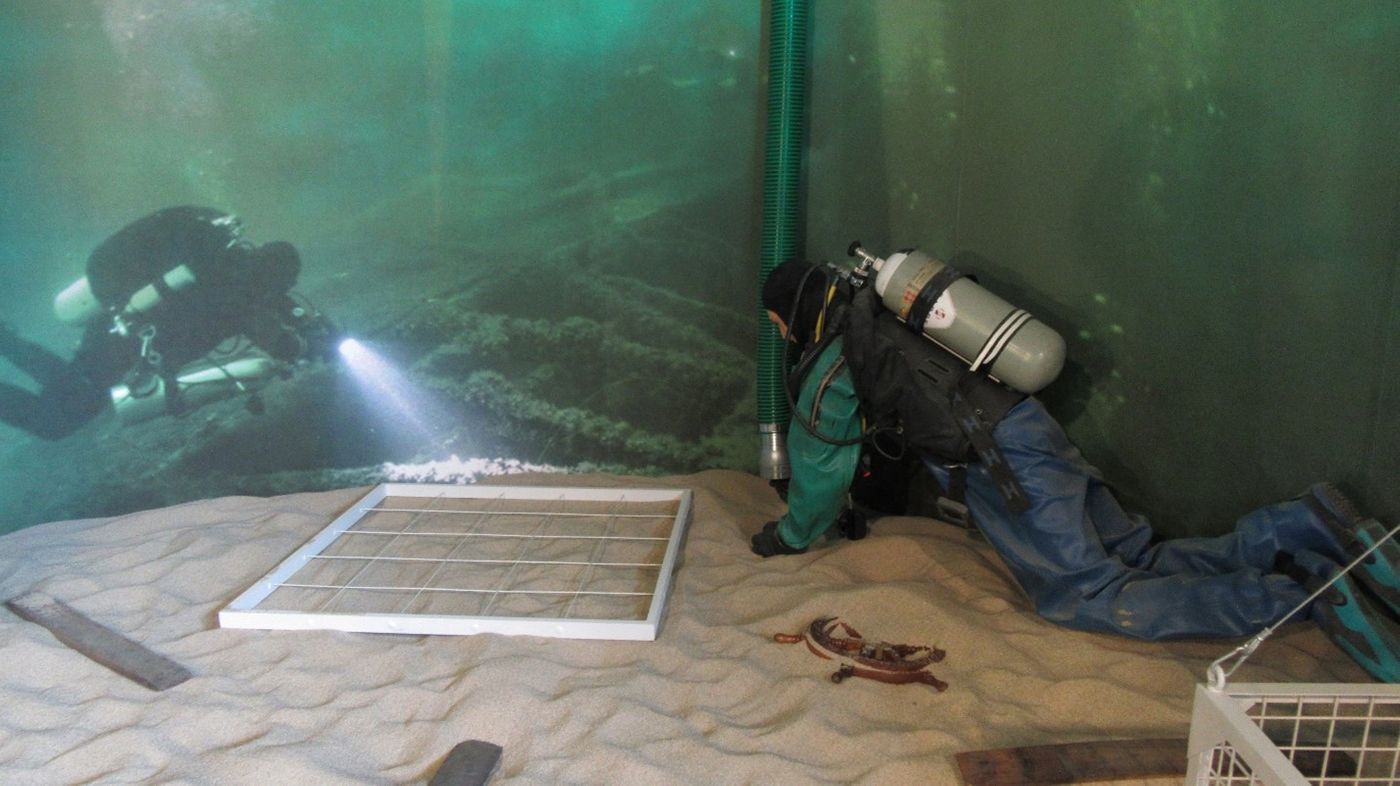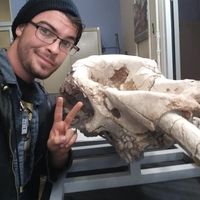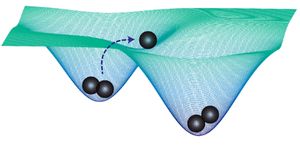Sunken Treasure Discovered in Two Shipwrecks off the coast of Israel
Maritime, or underwater, archaeology was only pioneered in the mid-20th century with the popularization of scuba-diving. Since then the field and the technologies associated with it continue to evolve and shed light on human history and pre-history thought to be lost forever. Now, maritime archaeologists working for the Israel Antiquities Authority diving off the northern Mediterranean coast of Israel have just discovered a treasure trove aboard the remains of two ancient Roman ships sunken in the harbor of the ancient city of Caesarea. While excavating the ship they observed metallic artifacts relating to the ship like the anchor, iron plating, and degraded nails.
Some of the more charismatic discoveries include hundreds of silver and bronze Roman coins, a gold ring with embedded emeralds carved with the image of a shepherd holding a sheep on his shoulders, bells, ceramics, and figurines. The golden ring is particularly interesting due to its association with both Christian and Pre-Christian Roman and Greek iconography. Christianity was extremely prevalent in Europe and Asia Minor toward the end of the Roman period. One can only wonder who that particular piece of fine jewelry was commissioned for.
This discovery helps to shed light on the late Roman trade economy by capturing a snapshot of a cargo voyage and post-classical Roman culture. The finds were attributed to the Mamluk period between 1700-600 BP. The Mamluk dynasty was a precursor to the Ottoman Empire which, at its height, controlled lands from Syria to Egypt. The city of Caesarea would have witnessed the transition from the Mamluk period to the Ottoman Empire occupying the area for four centuries. It officially became part of the Ottoman empire in 1516
Studies of the chemical composition of Roman glass beads have allowed archaeologists to track glass artifacts. Several shipwrecks from the Mamluk dynasty have yielded glass beads from all over the Mediterranean giving us a glimpse into the way people moved and interacted across this area of the world. This find illustrates the Ottoman Empire had a complex and well-stratified trade network in the Mediterranean Sea. It will be interesting to learn of the origins of this latest treasure trove, where it came from, and where it was headed when more laboratory analyses are performed.
Sources: Guardian, Britannica, Journal of Archaeological Research in Asia, Israel Antiquities Authority









